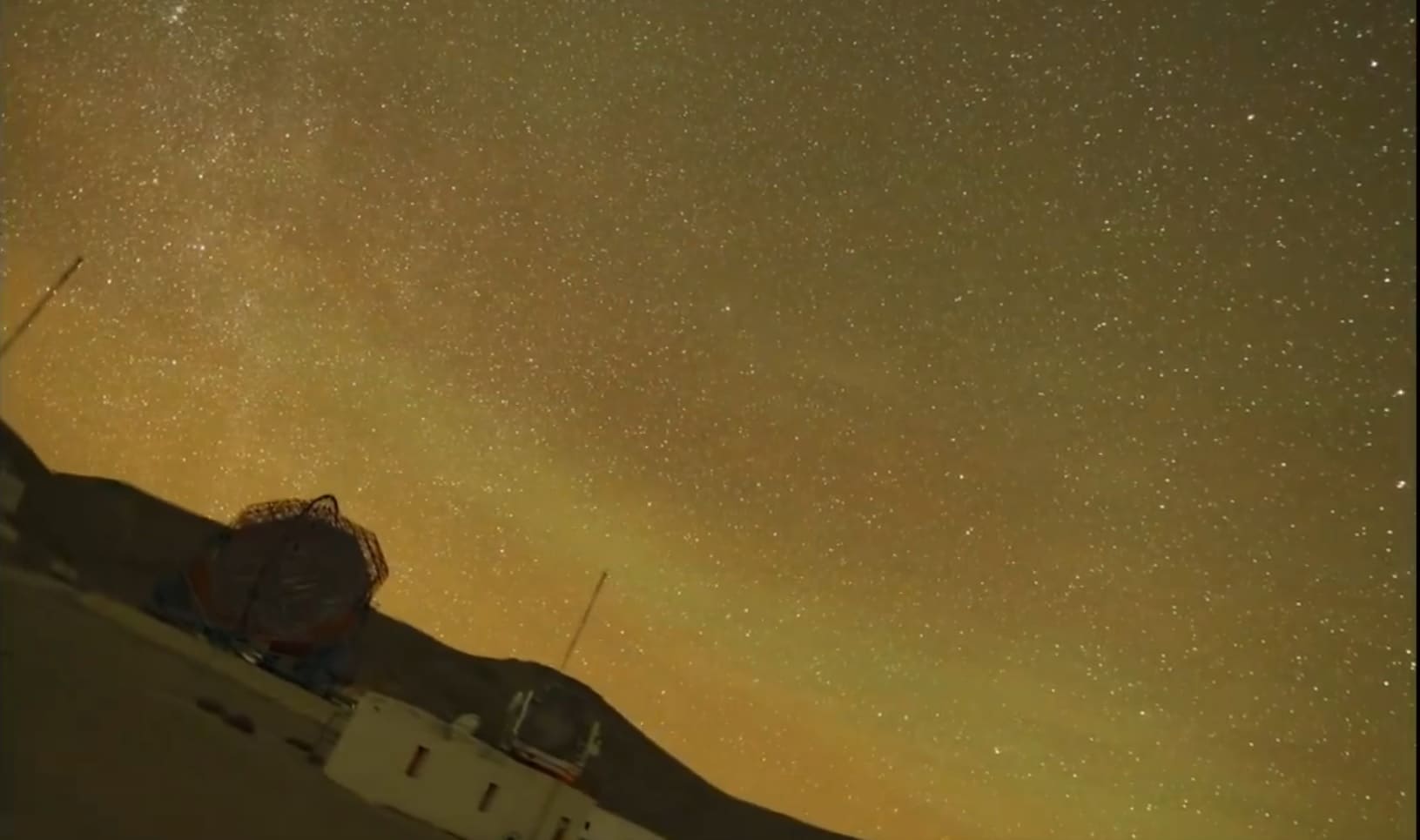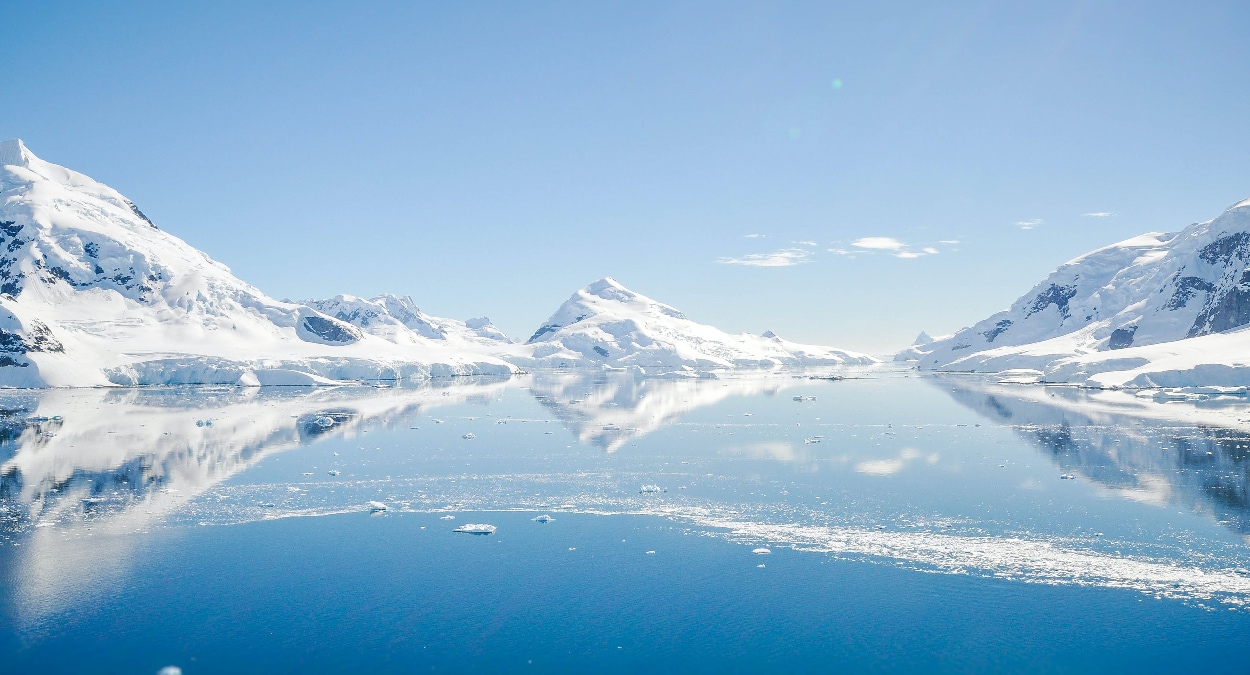When there was a day of 19 hours on the earth the moon supported our planet in difficult time

According to the study, the Moon played an important role when the Earth was in the ‘Boring Billion’ period. The Moon’s close proximity to Earth exerts a strong gravitational pull and helps reduce Earth’s rotational energy over time. Not only this, the Moon distanced itself far from the Earth.
The two scientists analyzed geological data to reach their conclusions. This data has been collected in recent years, so that the Earth can be understood better. Scientists’ models have also revealed the snowball phase of the Earth. This is called the period when our planet would have been frozen. Scientists’ models say that Earth’s snowball phase was between 2 to 1 billion years.
The study says that the level of oxygen on Earth increased during that era. Ozone layer was formed. The activities caused by the ozone layer balance the strong gravitational pull of the Earth and the Moon and stabilize the Earth’s rotation. Researchers have estimated that it was during that period that the activity of photosynthetic bacteria increased and favorable conditions were created for life to flourish on Earth.
The distance between the Moon and the Earth used to be less in the past, this has also been revealed in other research. Scientists have estimated that 2.5 billion years ago the distance between the Moon and the Earth would have been 60 thousand kilometers less. They believe that the distance which is 384,400 kilometers today was 321,800 kilometers two and a half billion years ago and the length of the day was 16.9 hours instead of 24 hours. Researchers say that billions of years ago the Moon was actually closer to our planet and now it is slowly moving away.




